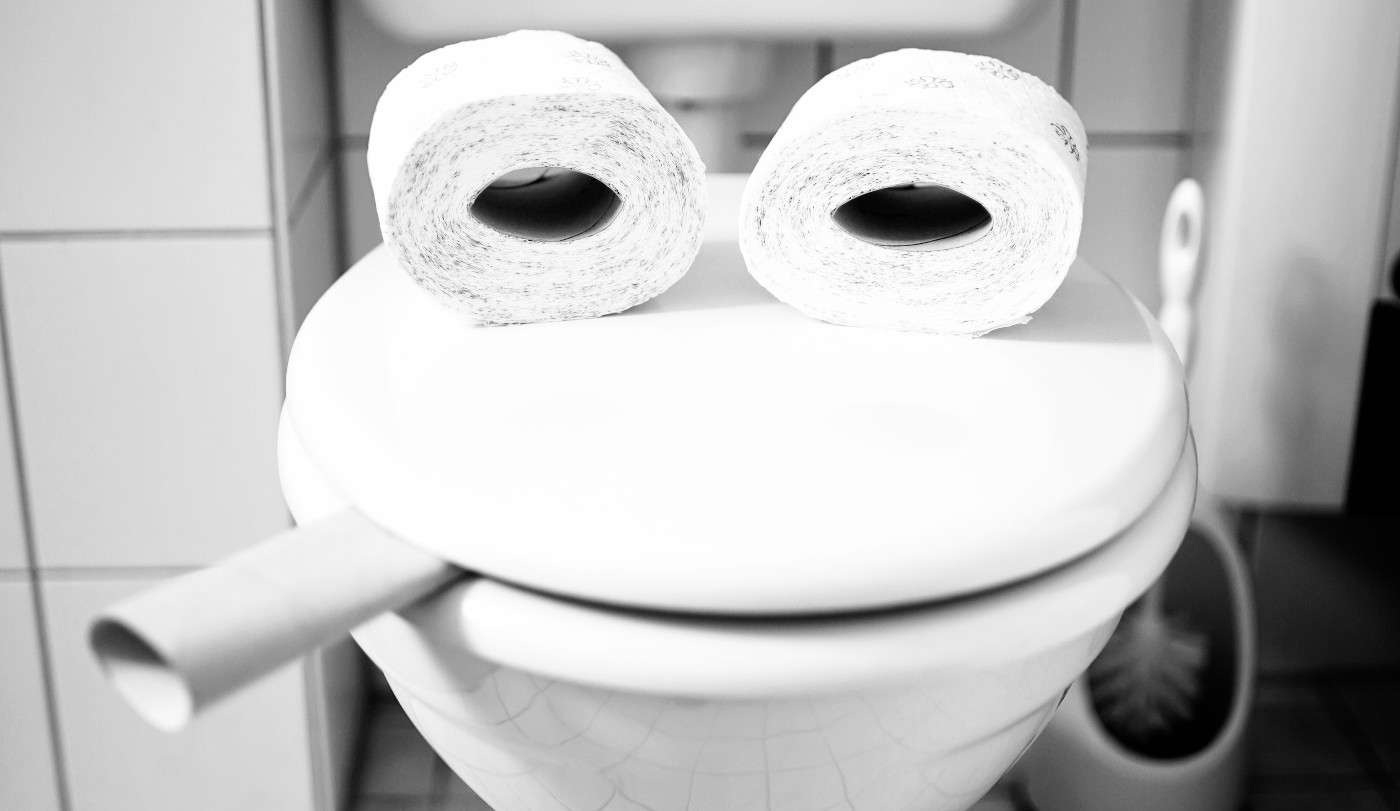Obama Quietly Signs Ban on Products Made by Children and Slaves
Thanks to a new trade bill, imported goods will no longer reach the US if they are produced through the exploitation of forced or child labor.

In Washington D.C., a sophisticated sewage treatment plant is turning the capital's waste into a form of capital: living capital that is fertilizing the gardens of farms of the Mid-Atlantic region and saving vast quantities of resources.
Described by the workers' there as a "resource recovery plant," D.C. Water run a biogas plant and high-quality fertilizer production in the course of their dirty duty to ensure the city's waste finds a safe endpoint.
The nation's capital is exceptional at producing waste from the toilet bowls of the 2.2 million people who live, work, and commute through the city and its suburbs.
Reporting by Lina Zeldovich reveals that rather than trucking it all to a landfill, D.C. Water extract an awful lot of value from the capital crap, by looking at it as a resource to send through the world's largest advanced wastewater treatment plant, which uses a "thermal hydrolysis process" in which it is sterilized, broken down, and shipped off for processing into "Bloom," a nitrogen-rich, slow-release fertilizer product.
At their facility in southwest Washington, huge aeration tanks percolate the poo of everyone from tourists to the President. After it's all fed into enormous pressure cookers where, under the gravity of six earth atmospheres and 300°F, the vast black sludge is rendered harmless.
Next this "Black Gold," as Zeldovich described it, is pumped into massive bacterial-rich tanks where microbes breakdown large molecules like fats, proteins, and carbs into smaller components, shrinking the overall tonnage of sewage to 450 tons per day down from 1,100 at the start of the process.
This mass-micro-munching also produces methane, which when fed into an onsite turbine, generates a whopping 10 megawatts of green energy which can power 8,000 nearby homes. The 450 tons of remaining waste from the D.C. feces are sent into another room where conveyor belts ring out excess fluid before feeding it through large rollers which squash it into small congregate chunks.
D.C. Water sends this to another company called Homestead Gardens for drying, aging, and packaging before it's sold as Bloom.
"I grow everything with it, squashes, tomatoes, eggplants," Bill Brower, one of the plant's engineers, tells Zeldovich. "Everything grows great and tastes great," he adds.
"And I'm not the only one who thinks so. We've heard from a lot of people that they've got the best response they've ever seen from the plants. Particularly with leafy greens because that nitrogen boost does well with leafy plants. And the plants seem to have fewer diseases and fewer pests around—probably because Bloom helps build healthy soils."
While farms around the country are facing nutrient depletion in soils from over-farming, turning to synthetic fertilizers to make up the difference, introducing more such thermal hydrolysis plants could truly revolutionize the way humans look at their feces—as a way of restoring the country's soils rather than polluting them. As Mike Rowe would say, it only takes a person who's willing to get their hands dirty.
CONVERT Those Feeds Into Troves of Good News; Share This Story…
Be the first to comment